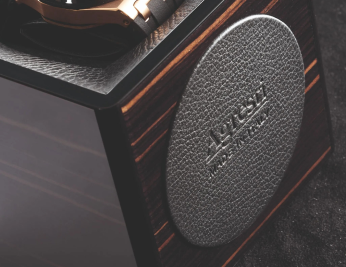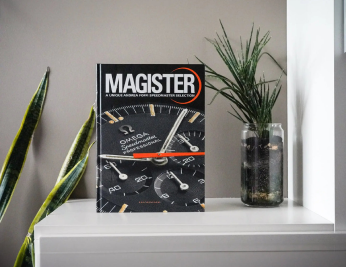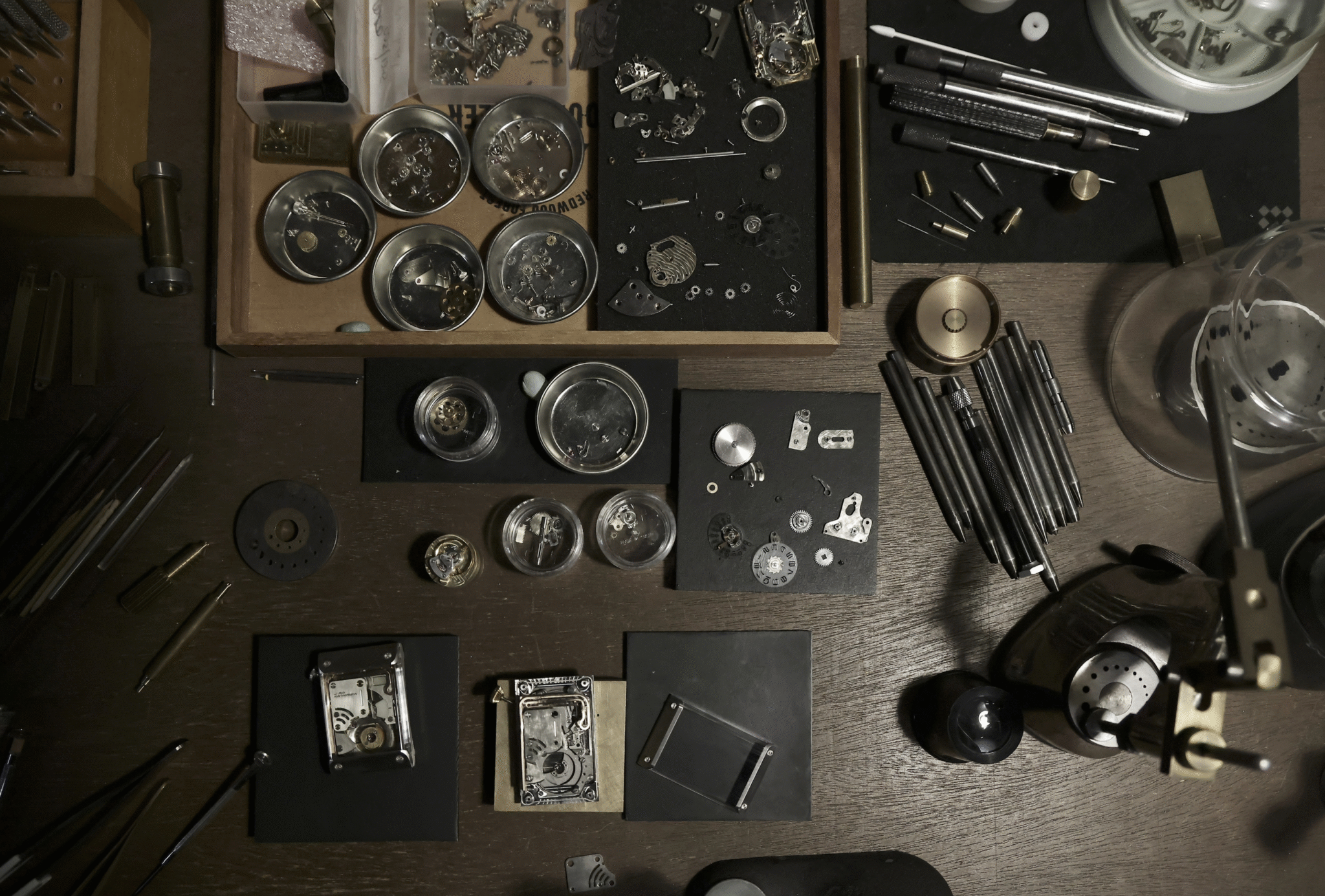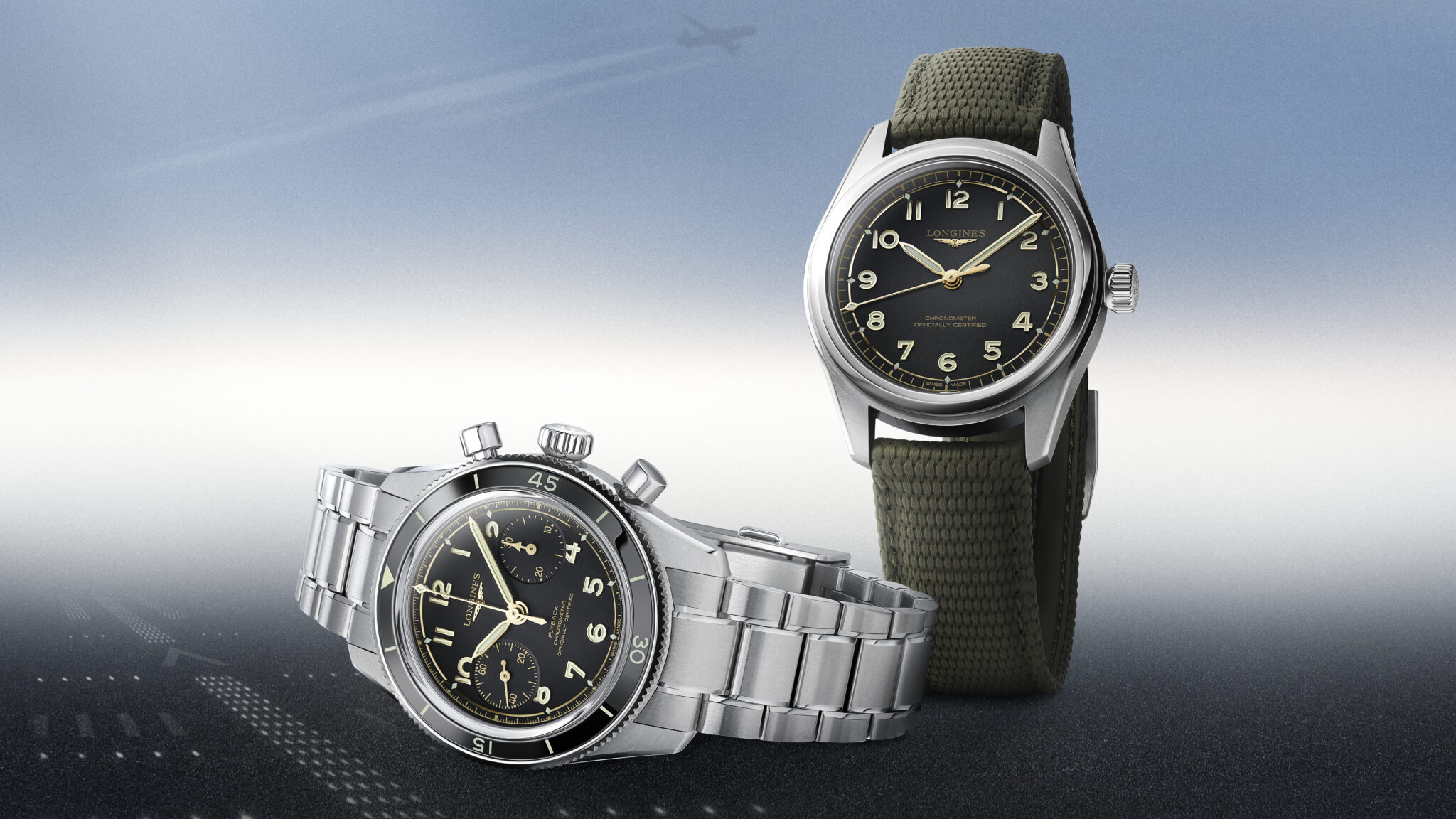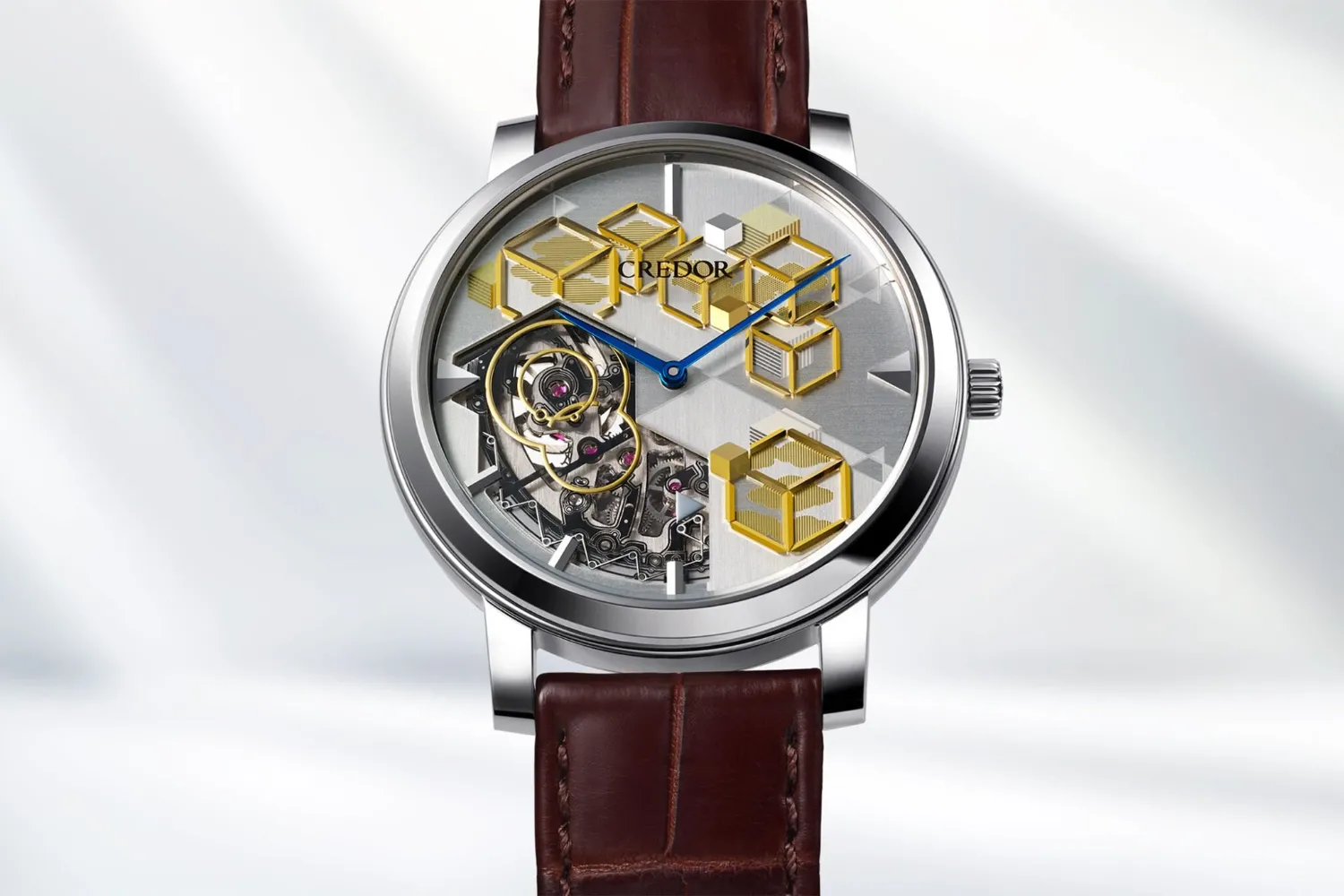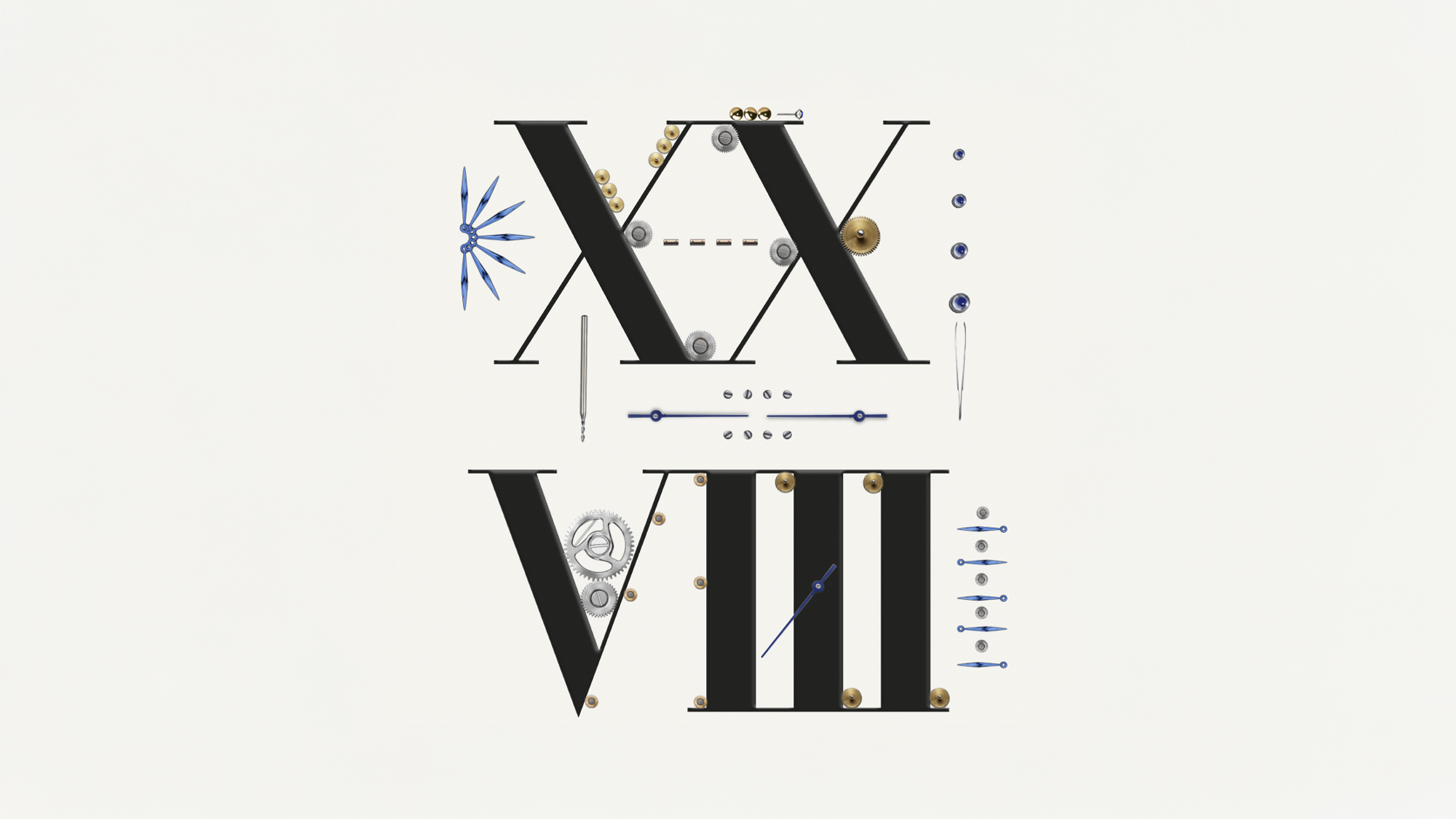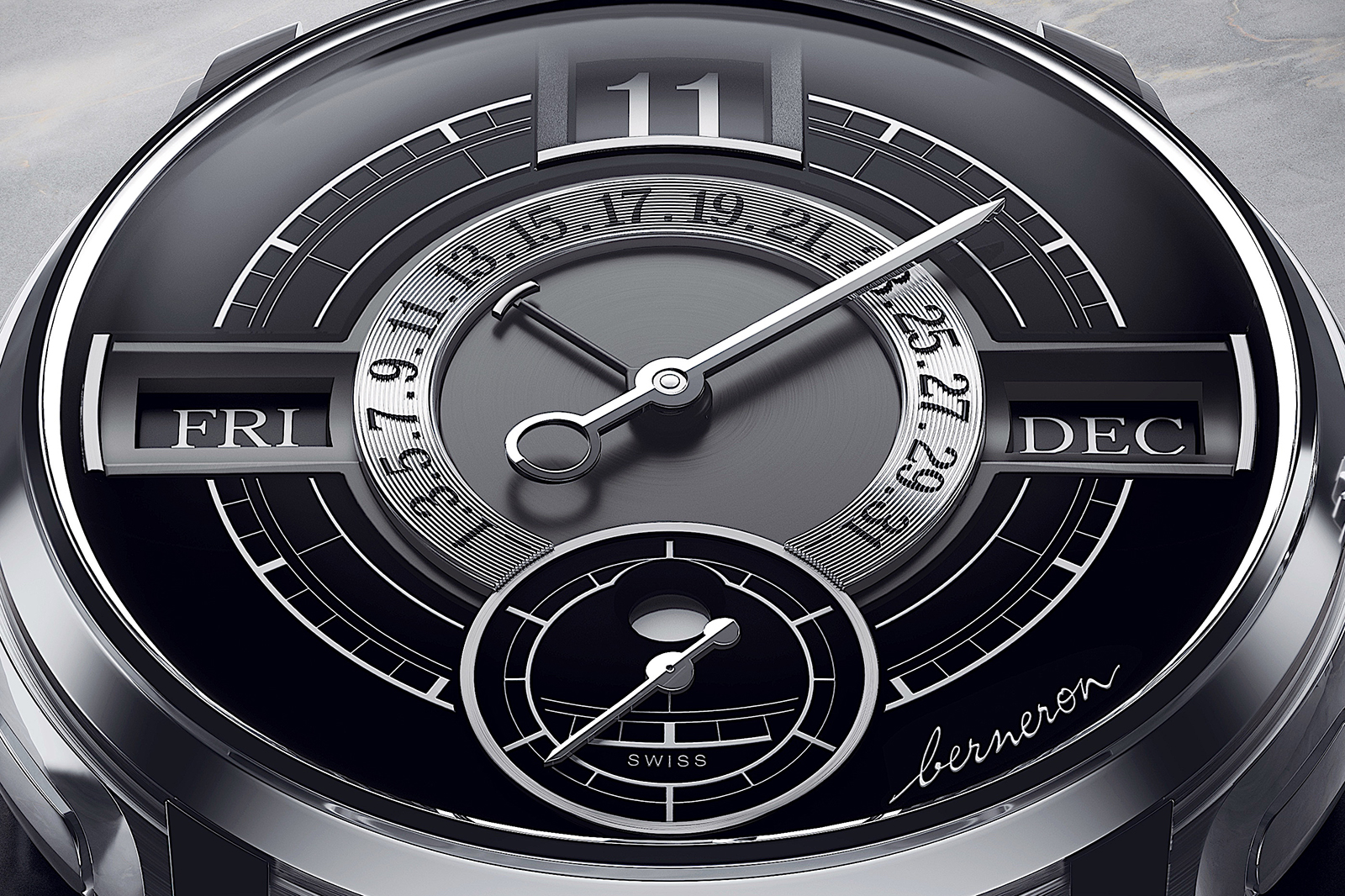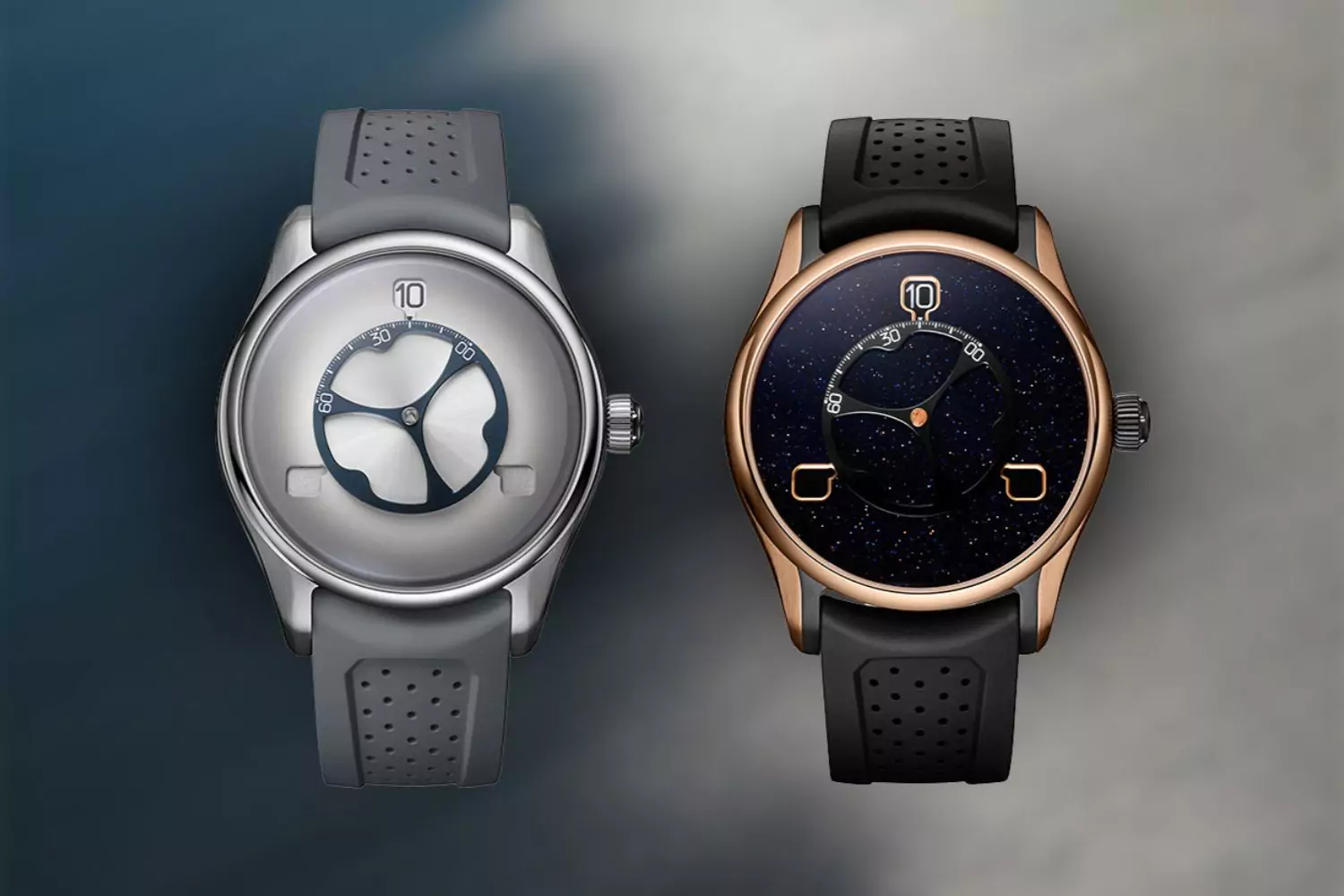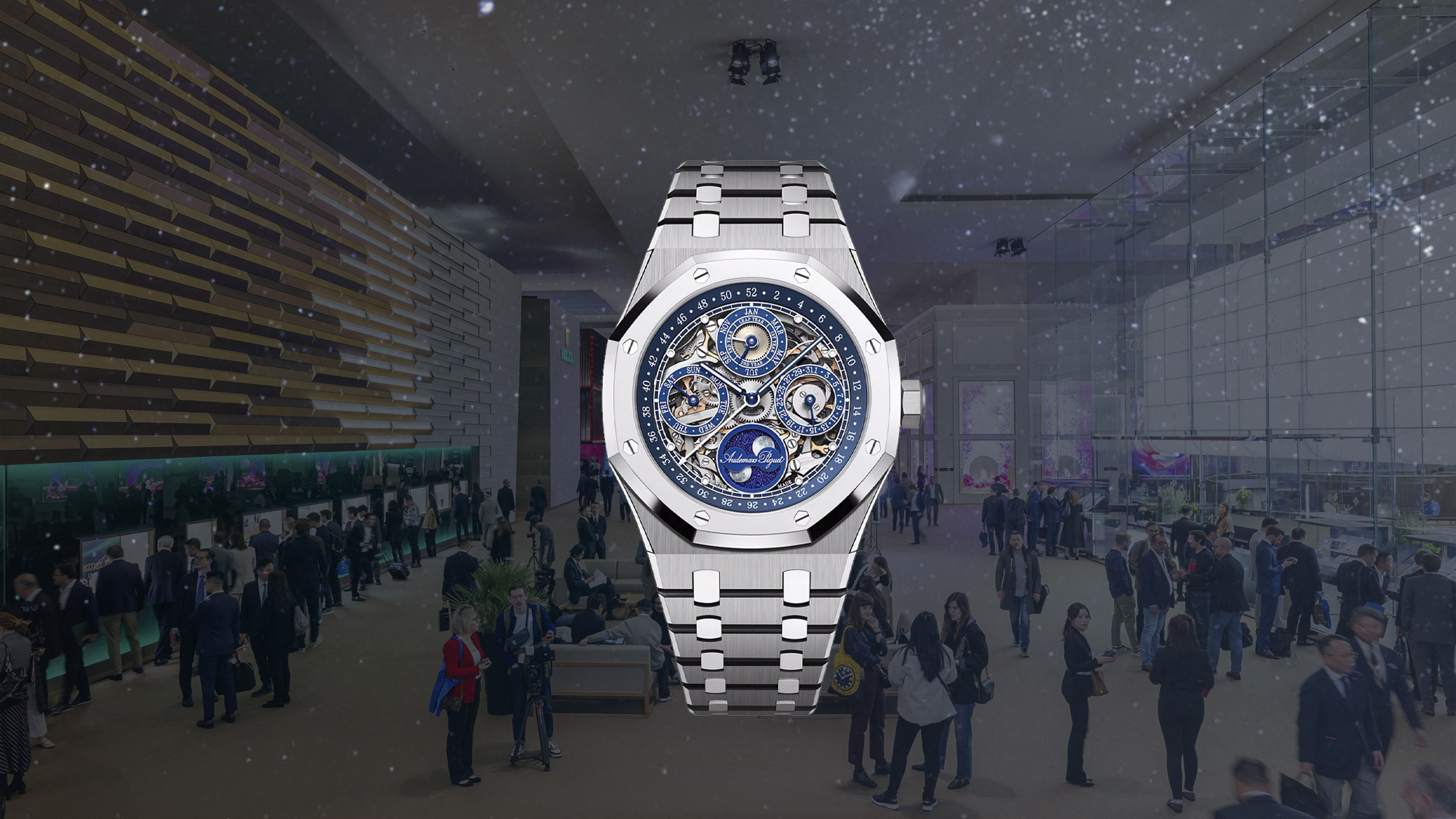After the success of the “Tribute to Ermetico,” Wyler Vetta continues the dialogue with its own history by rediscovering the essence of the 38 mm chronograph. Three versions that reflect three different ways of reinterpreting an icon of the 1940s.
Let’s discover together the new Wyler Vetta Chronographe 38 mm!
One name, two souls: the story of Wyler and Vetta
The history of Wyler Vetta is one of the most fascinating in European watchmaking: an interweaving of Swiss talent and Italian taste that has gone through adversity, technological revolutions and changing trends, always managing to maintain a strong identity and stylistic consistency.
It all began in the city of Basel in 1924 when young Paul and Victor Wyler, driven by passion and an avant-garde spirit, founded Paul Wyler & Cie. Their goal? To build resilient watches that could withstand the “challenges“ of everyday life. In 1927 they presented one of the most revolutionary inventions for the time: the Incaflex balance wheel, a shock protection system based on the integration of two (in this case curved) longer and more flexible arms in the balance wheel.
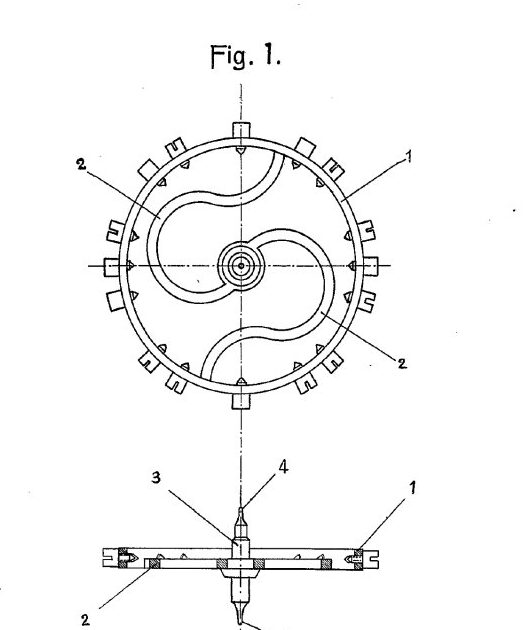
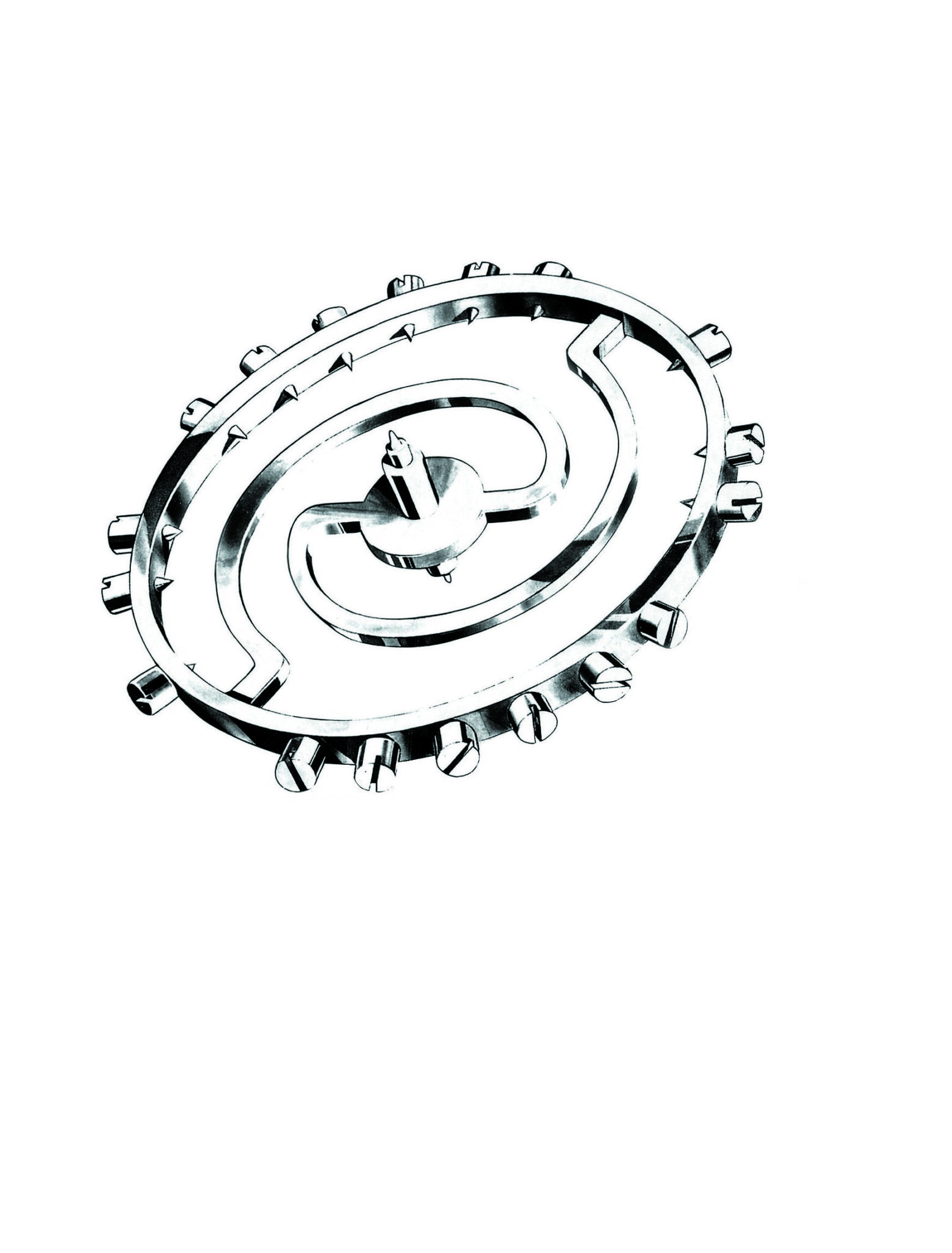
Success was immediate: in 1931 and 1956, in order to certify their durability, the “ratchet” (depositary of the brand’s second patent) and “Dynastar” Wyler were dropped from the Eiffel Tower and survived by continuing to function perfectly. These exceptional watch drop tests were an excellent demonstration of Wyler Vetta’s pioneering marketing skills and reliability.
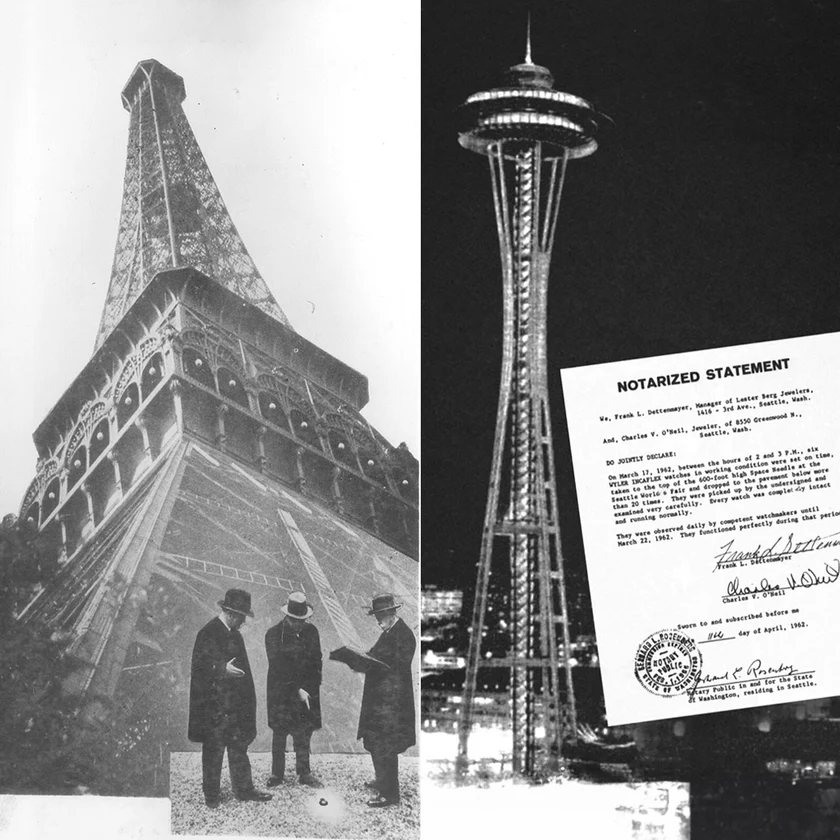
At the same time, in Italy, another story was taking shape. Starting in the 1930s, Fratelli Binda, already known for distributing brands such as Zenith and Universal Genève, began selling watches under the Vetta brand. Vetta quickly became synonymous with excellence, precision and reliability: in fact, it was the watch that joined the Italian national team in the Coppa Rimet, the Mille Miglia, Enzo Ferrari and illustrious film stars such as Vittorio De Sica, Marcello Mastroianni, and Marco Tardelli, Catherine Spaak, Richard Gere, and Melanie Griffith.
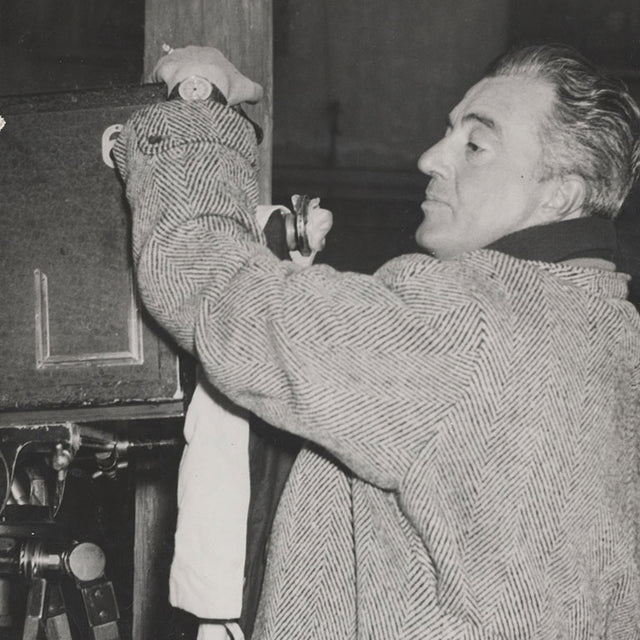
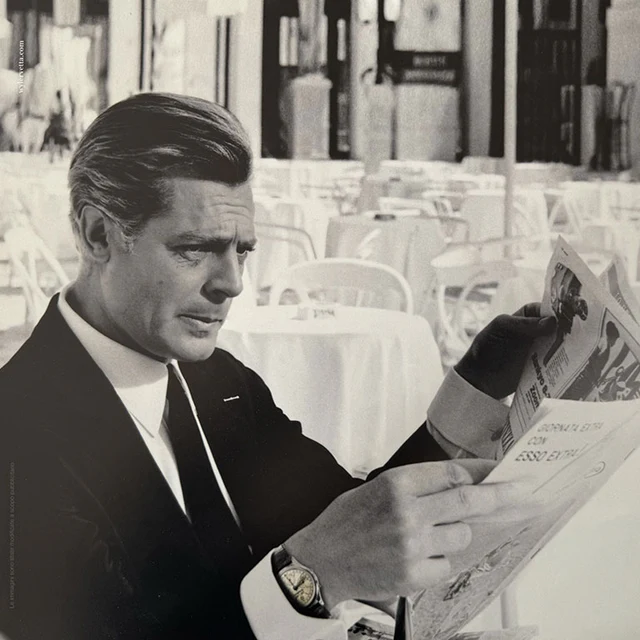
the bond between Wyler and Fratelli Binda was consolidated and Wyler Vetta was born: Wyler embodied the “technical” soul, while Vetta represented the more cultural, affective and “Italian” dimension of the time.
The range of years between the 1930s and 1960s represents the golden age and counts the production of fine watches, especially in the “chronograph” category. Extraordinary Iterations such as the Vetta Chronometre, Chronographe Antimagnetique, Chronographe Antimagnetique Impermeable and Chronograph Hermetic, all equipped with the iconic Valjoux 14, 22 and 72 calibres.
The rise continued until the 1980s, when the quartz crisis reshaped world watchmaking. Like many other historic brands, Wyler Vetta suffered its influence but remained resiliently in the memories, drawers, and on the wrists of numerous generations.
And it is in this affective bond, silent but tenacious, that it now finds new lifeblood to be reborn!
One hundred years of heritage: the “Tribute to Ermetico”
In 2024, Wyler Vetta celebrates a century of history with a special limited edition the: “Tribute to Ermetico.” This model authentically reinterprets an icon of the 1940s signed Vetta, the “Ermetico” chronograph.
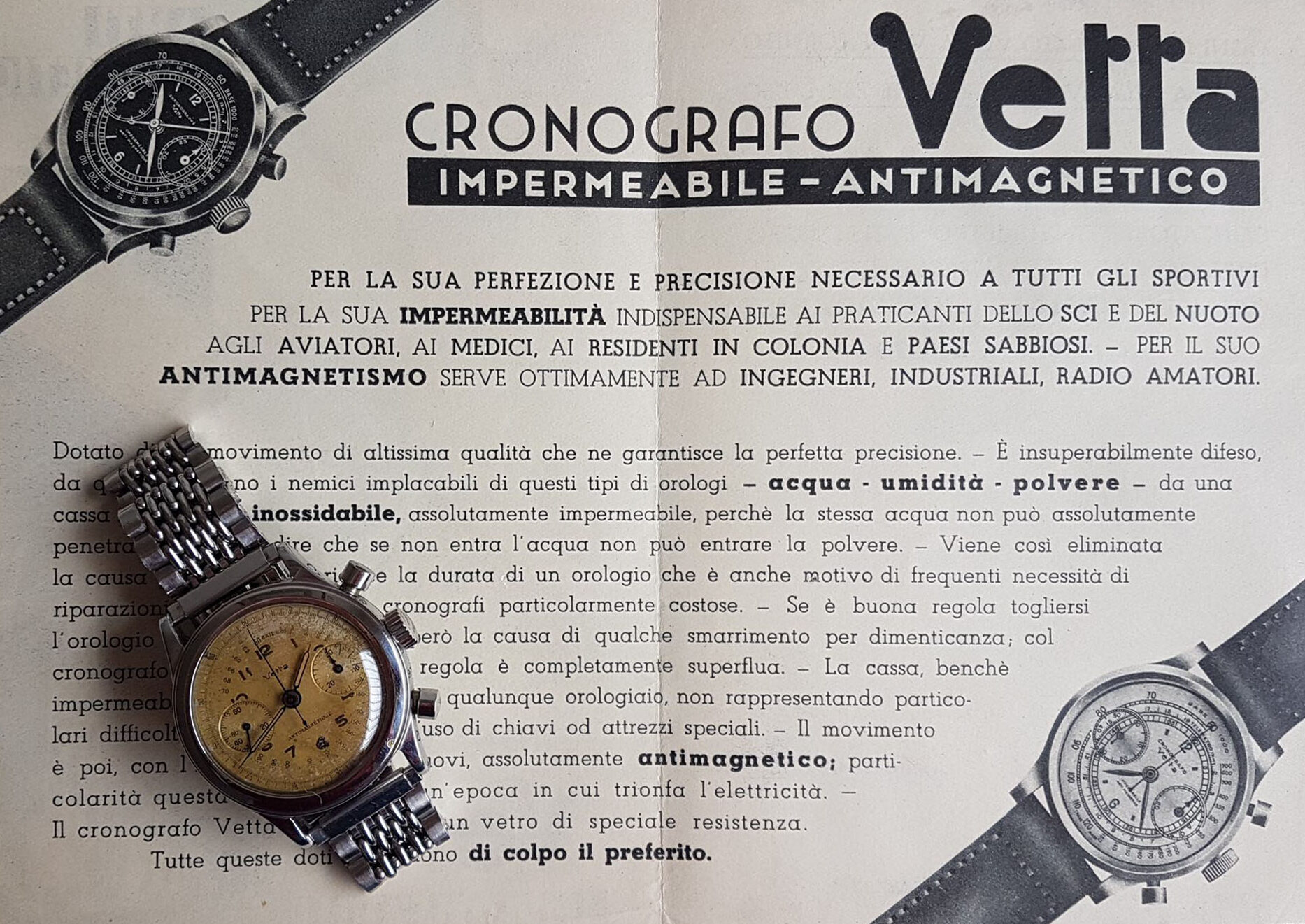
The Ermetico possessed precise characteristics that earned it the title of the first waterproof chronograph in watchmaking history. A two-body case with no bezel, pump pushers, glass mounted directly on the carrure, a snap-in case back, and the unfailing Valjoux 22.
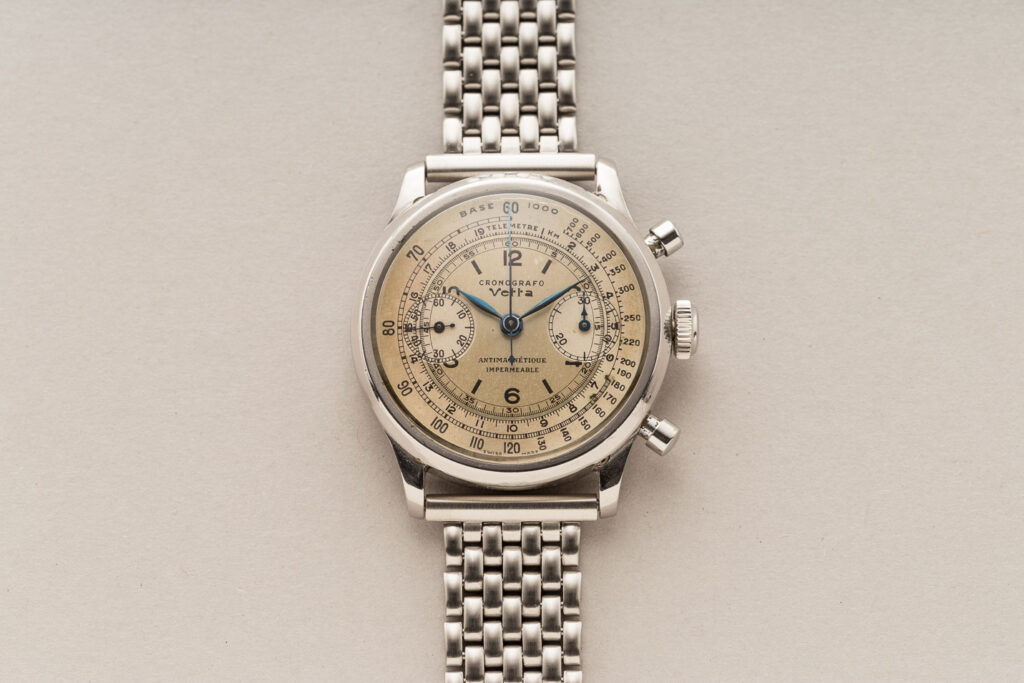
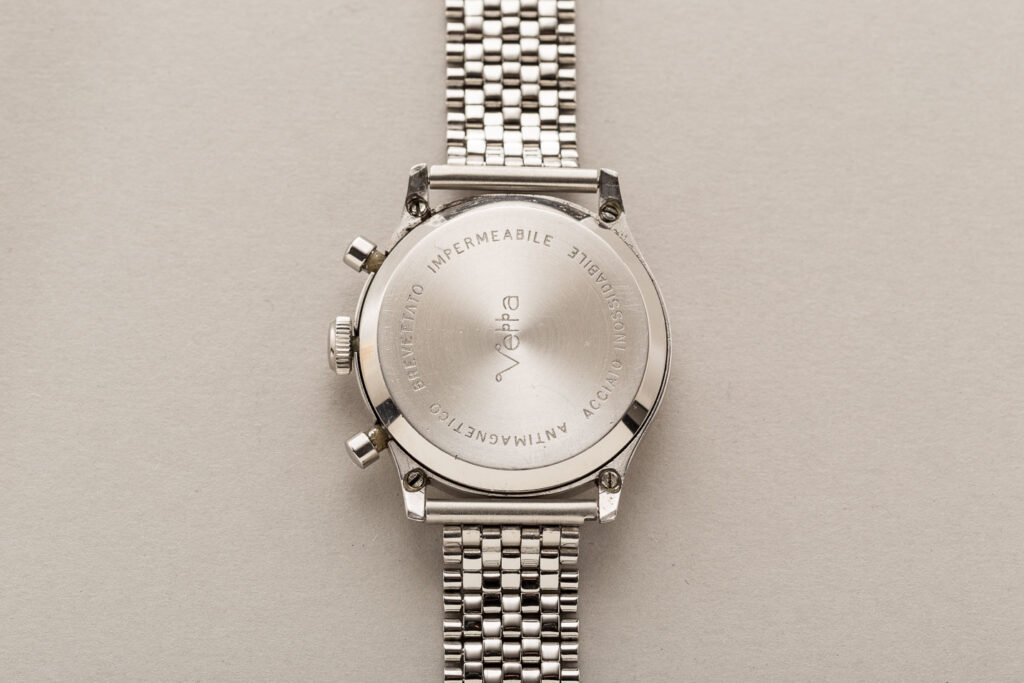
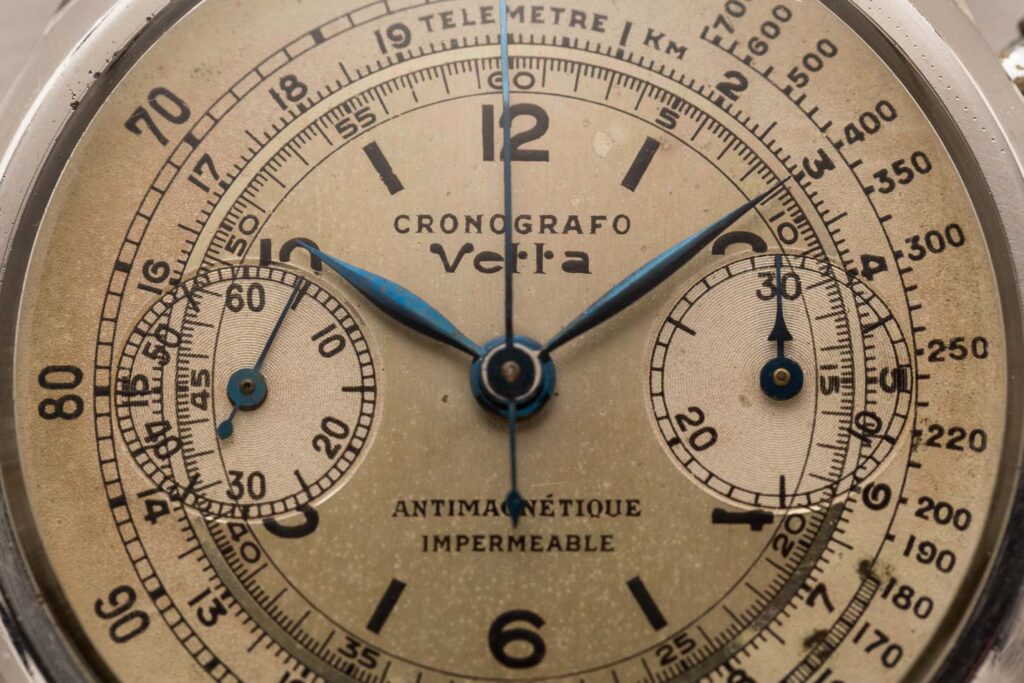
Credits: Shuck The Oyster
The “Tribute to Ermetico,” crafted under the guidance of Beppe Ambrosini and produced in only 100 pieces, is a contemporary tribute that holds the most iconic features of its vintage predecessor. Indeed, we find a 38 mm satin-finished steel case and on the dial all the typical elements of the Ermetico: the leaf-shaped spheres, the baton hour markers alternating with Arabic numerals, the positioning of the two counters at 3 and 9 o’clock, the two tachymeter (outermost, in blue) and telemetric (in red) scales, and the faithful “chronographe” inscription in French positioned near the logo at 12 o’clock.
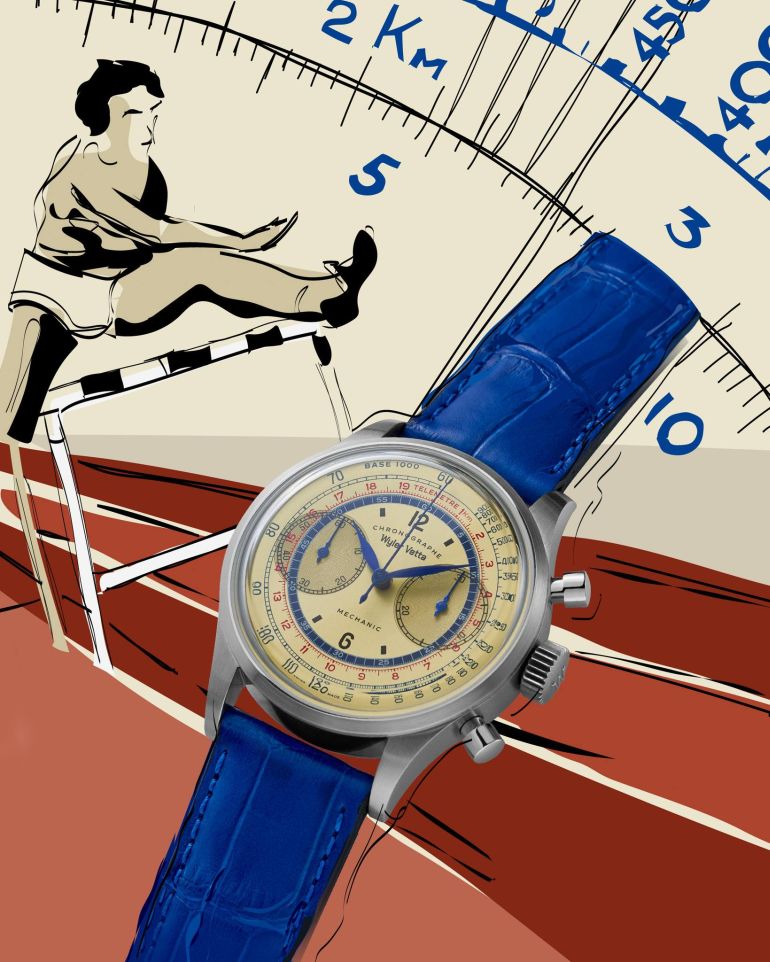
Unfaltering are the domed sapphire crystal with anti-reflective treatment (reminiscent of the original Plexiglas glass) and water resistance, guaranteed to 10 atmospheres. Inside, visible through the transparent sapphire crystal case back, is the hand-wound Nicolet N 6734 movement from the 1970s, completely reworked and customized for Wyler Vetta.
The new Wyler Vetta Chronographe 38mm
Wyler Vetta fulfills the wishes of enthusiasts and collectors by introducing, for the first time in a continuous collection, the iconic 38 mm chronograph. Three unprecedented configurations: gray, black and two-tone, which also continue in the “revival” direction.
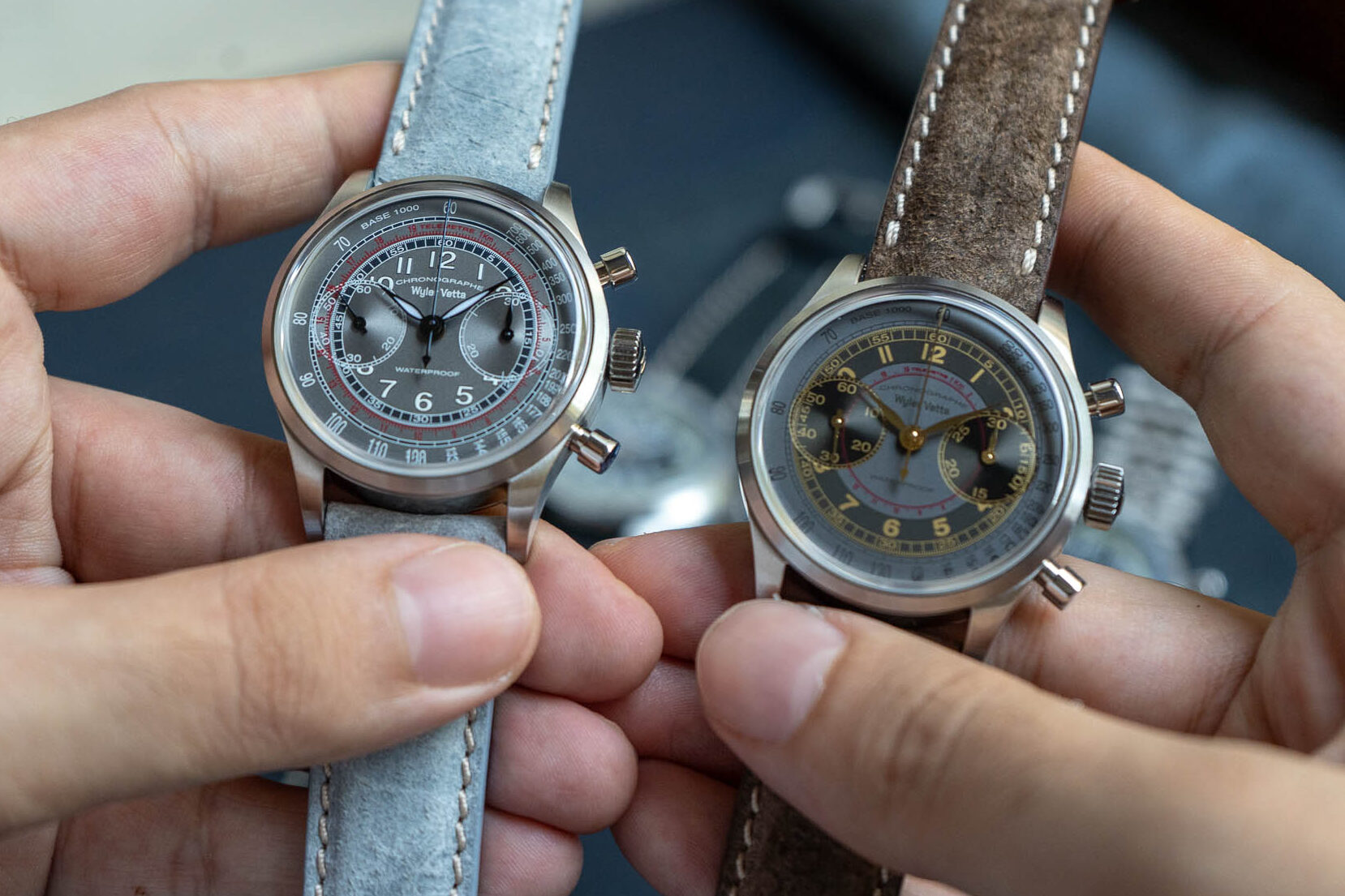
What sets the new Wyler Vetta Chronographe apart is the exquisitely vintage styling. The dials have a bicompax layout with internally a base 1000 tachymeter scale (which allows calculation of the average speed of a moving object over a predefined distance) and a 1-km telemeter scale (functional instead for measuring the approximate distance to an event that produces both light and sound) flanked by Arabic numerals and the historic inscriptions “waterproof,” “chronographe.”
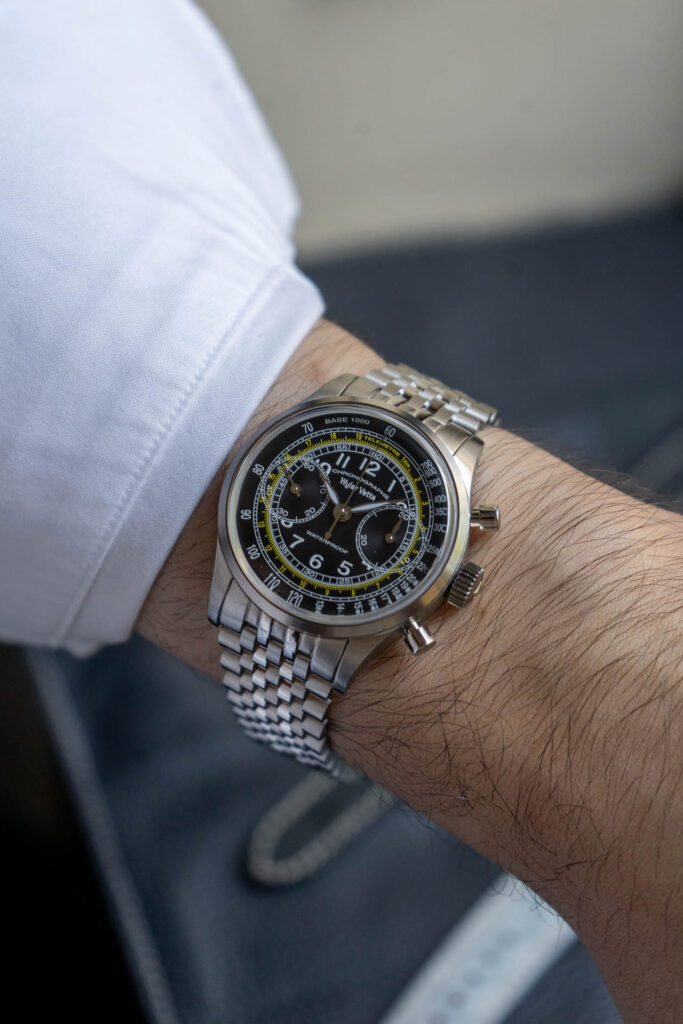
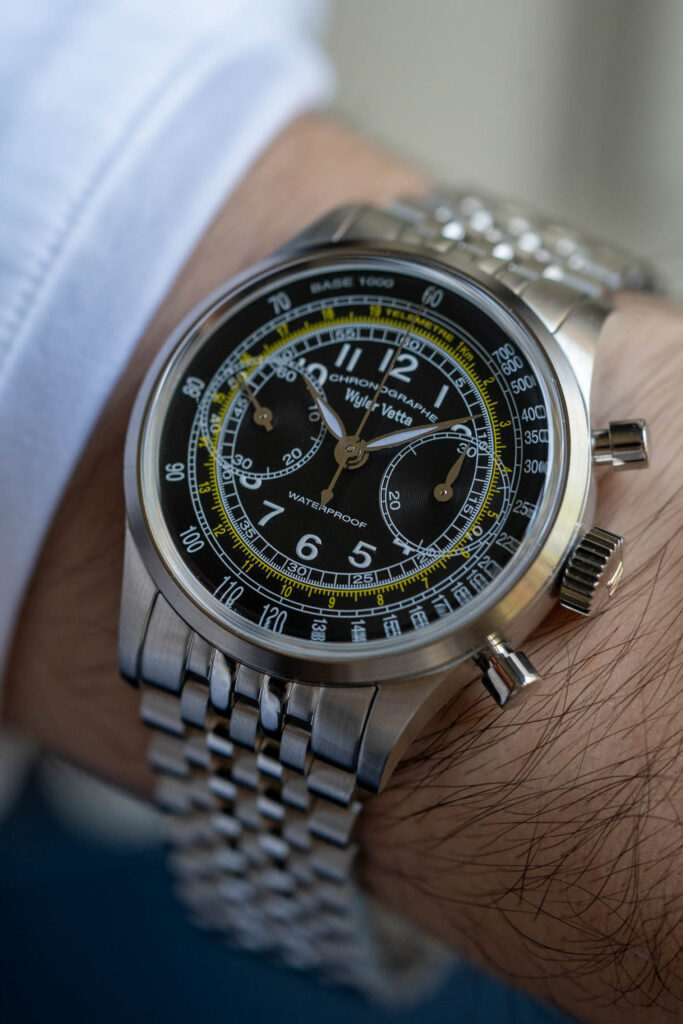
The 38 mm satin-finished steel case features proportions and contours that give an excellent fit on the wrist. Pump buttons, an oversize crown, and a domed sapphire crystal with anti-reflective coating complete the watch and consistently respect the vintage DNA. The construction, as per tradition, guarantees water resistance to 100 meters.
Inside is the worthy Sellita SW510 BHM, a hand-wound movement equipped with 56 hours of power reserve and 28,800 vibrations per hour.
The straps are interchangeable thanks to the quick-release system, and there is a choice of Italian Mohawk leather strap with suede effect or satin-finished steel bracelet with deployant clasp. The price? €2,600 for the strap versions and €2,750 with the bracelet.
Today, models like the Tribute to Ermetico and the Chronographe 38 mm quietly whisper the return of a fragment of all-Italian history. A fresh, authentic return full of character that looks to the future without forgetting its past.
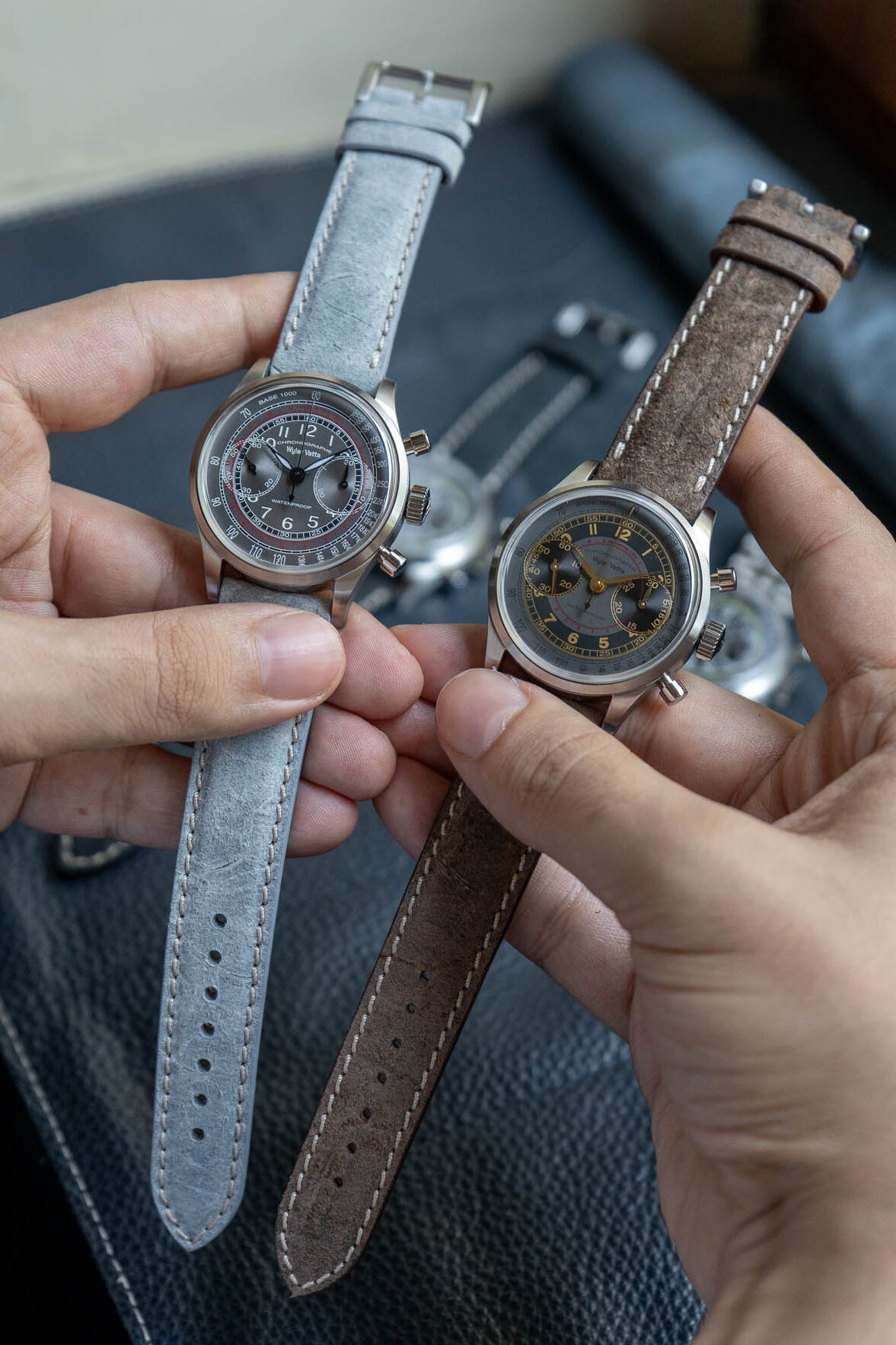
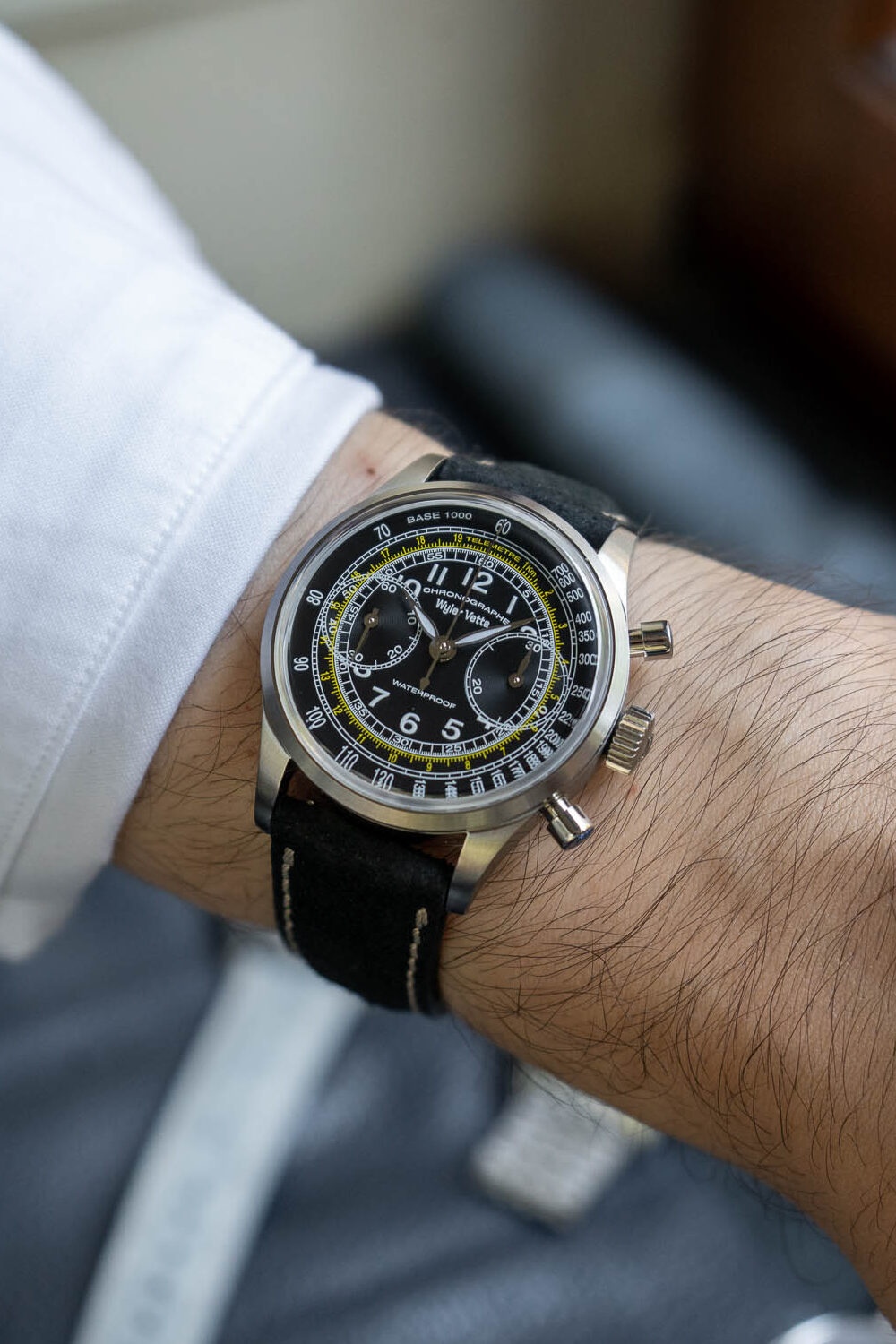
Which of the three versions is your favorite? Follow us and find out all the news in the world of watchmaking on our Instagram profile

